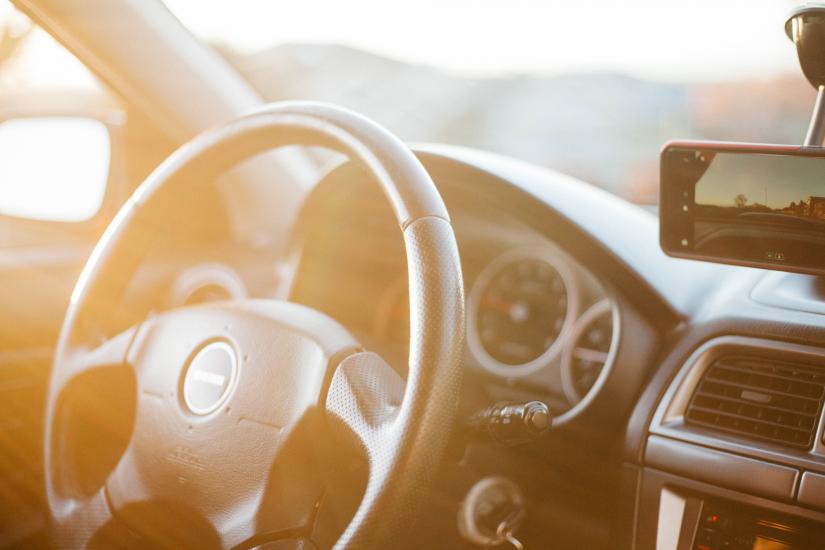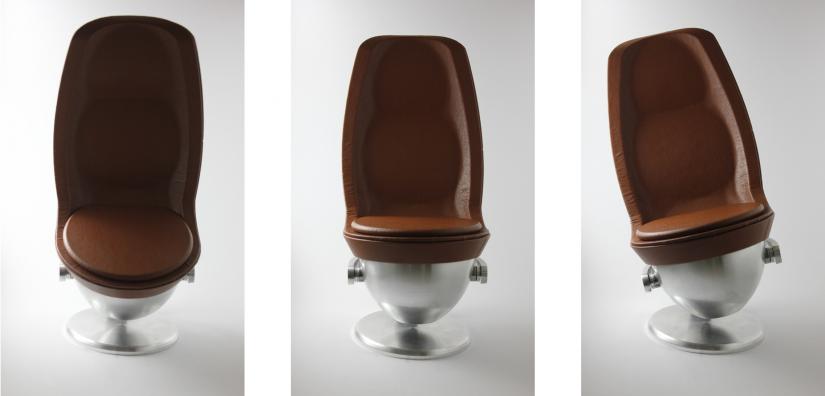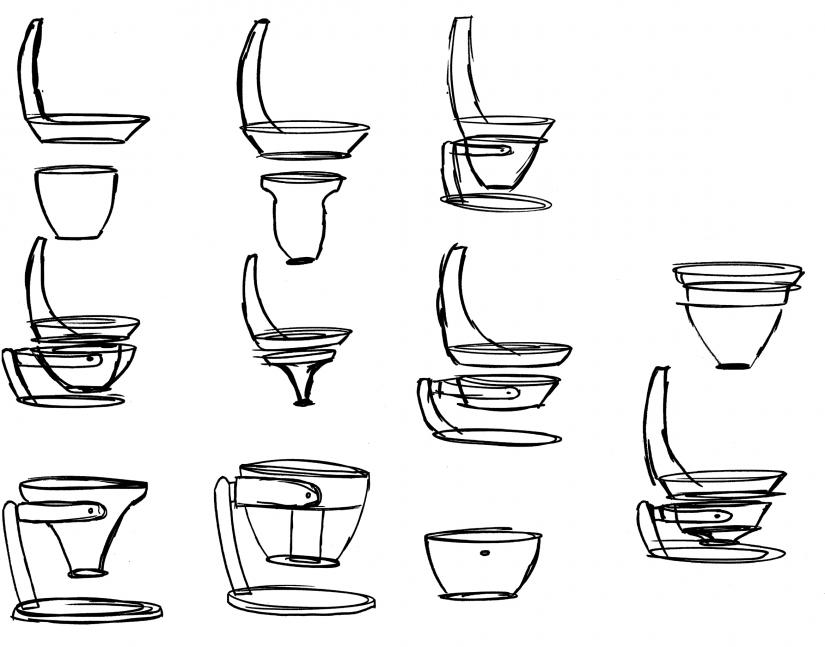By 2040, 95 per cent of cars sold will be fully autonomous, according Fortune.com. The technology is expected to bring a range of benefits with it, from increased road safety to trillions of dollars in revenue. But for the end users – that is, the passengers of these self-driving cars – there are significant changes ahead.

Photo: Nathan Lindahl, Unsplash
For students in the Autonomous Vehicles studio in the UTS Master of Design, this concept formed the basis a project to design the interior of an as-yet-undeveloped autonomous vehicle. Their work examined the opportunities and challenges of self-driving cars and delivered solutions for a range of future scenarios that passengers might encounter.
According to subject convenor Tom Fereday, an acclaimed furniture and interior designer, the aim was to get students thinking about designing for an unknown future – that is, developing solutions for a scenario where the parameters and guiding research were largely non-existent.
“We weren’t expecting them to be engineers in terms of developing the actual technology or the entirely resolved physical design, but it was about asking them to think about the problems and associated changes that could happen when we transition to autonomous vehicles,” Fereday says.
These changes could include everything from increased motion sickness and reduced feelings of safety and control to opportunities for more configurable vehicle interiors that would enable them to be used as a functional space, rather than just a tool to transport people from point A to point B.
The breadth of the brief – students could choose a component of the car’s interior and set their own parameters around the work – meant the project could be adapted to suit each student’s design interests, whether they were industrial, product, interior or user experience designers.
Alex Jones, who’s in the final semester of the Master of Design degree, focused his project on altered physical experience of being a passenger in a self-driving car – rather than sitting upright and facing the vehicle’s front, as we do now, passengers in autonomous vehicles will be able to engage with the car’s interior in vastly different ways, such as sitting at a table or lying in a bed while the car moves.

Master of Design student Alex Jones designed a gyroscopic seat to minimise the feeling of motion sickness in autonomous vehicles.
Jones’s design – a gyroscopic seat – was intended to increase passenger comfort, particularly for people who experience motion sickness; his research showed that symptoms are likely to worsen once these people can no longer drive the car themselves.
“The limiting factor for these sorts of activities is comfort and the forces that are exerted on someone whilst they’re in their car, so I wanted to find something that would improve that comfort but also answer the problem for people that get motion sick. Using a gyroscopic device is how I was able to achieve that,” he says.
The seat that has what’s essentially a counterbalance at its base to stabilise it, thereby minimising the impact on passengers of the car’s side-to-side and front-to-back movements. The idea was based on the use of gyroscopic devices in the marine industry – on cruise ships, for example, gyroscopes help minimise the rolling sensation caused by the ocean’s waves.
The design solution was the end point of the project, but getting to that point challenged students to engage with a new, more speculative design process. For Jones, that meant drawing conclusions from current state research and using them to make assumptions about the future state he was designing for.

Students were challenged to engage with a new, more speculative design process. Image: Sketches by Alex Jones.
“The design process is still fuelled by research, but the realisation can't be proven in the same manner as if the solution was being designed for current state. Designing for 2050 is going to be speculative, no matter which way we look at it,” he says.
“It’s one thing to have the fundamentals, but it’s another thing to apply them to a space that you’ve never considered before. And that’s what I think this course has definitely given me.”

